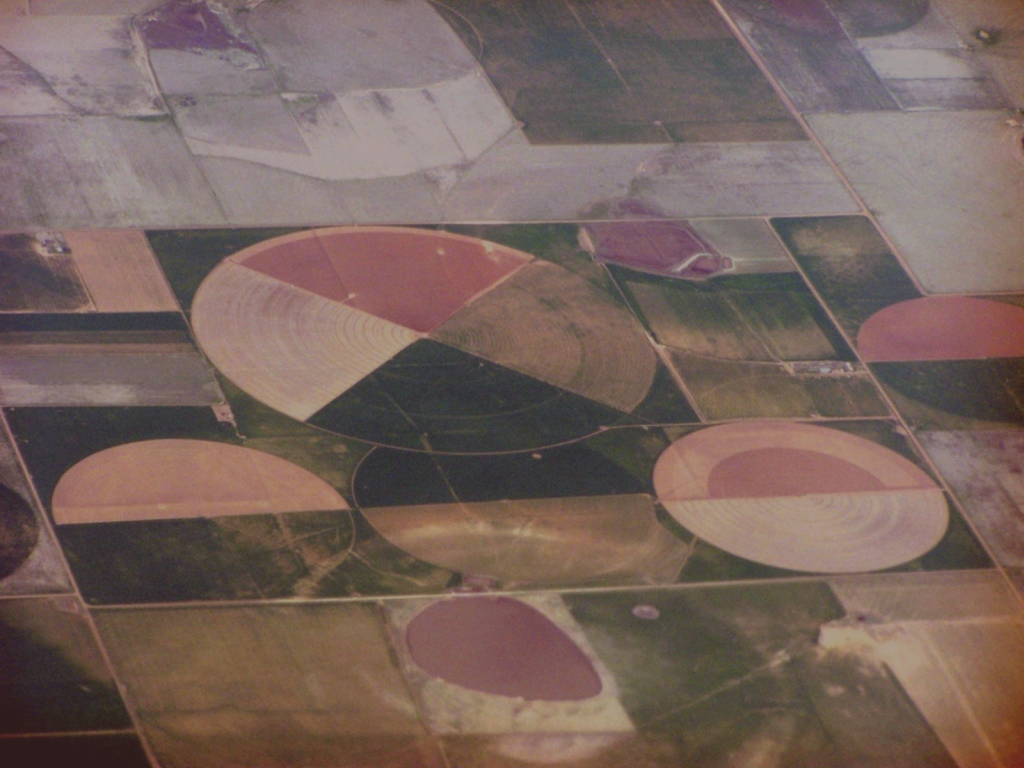12 June 2008: Lizzano, frazione Celletta, Italy
I cerchi nel grano sono ancora uno dei fenomeni più belli del mondo. Abbiamo raccolto le migliori foto dei cerchi nel grano in Italia nel 2008.




I cerchi nel grano sono ancora uno dei fenomeni più belli del mondo. Abbiamo raccolto le migliori foto dei cerchi nel grano in Italia nel 2008.



